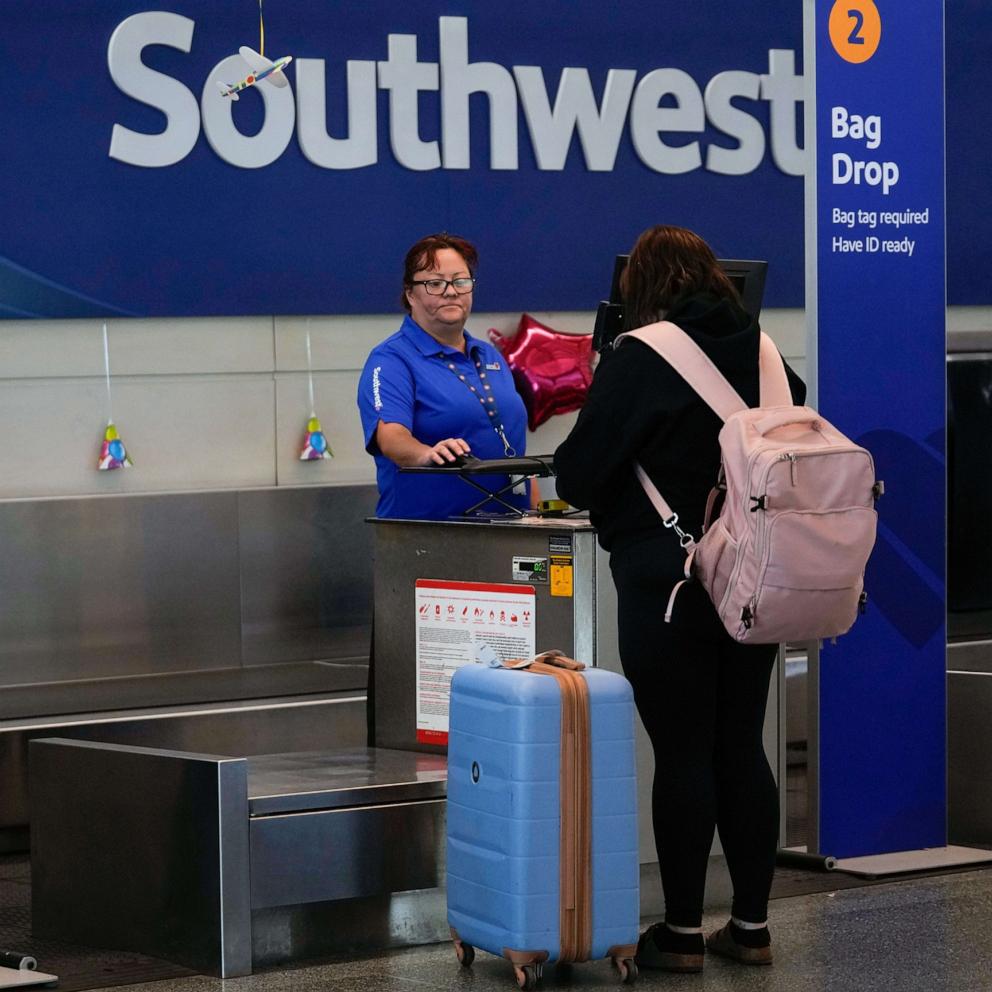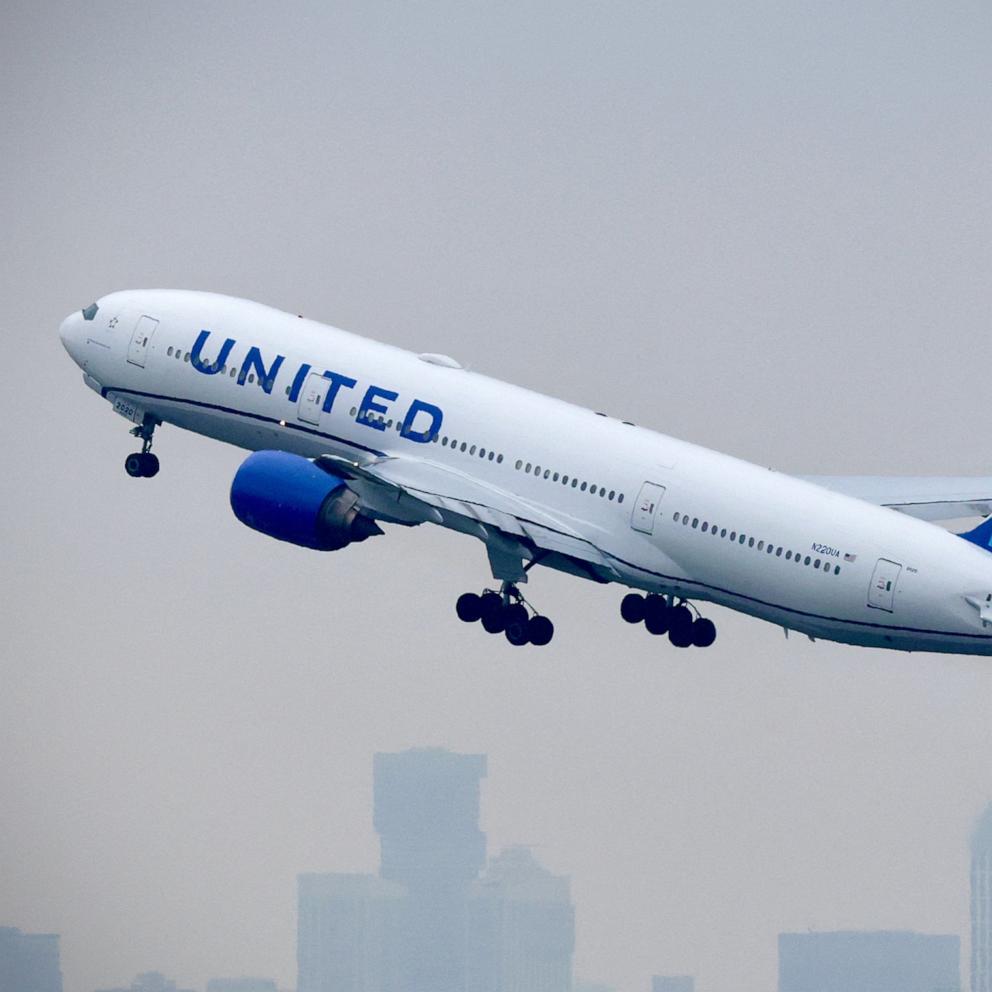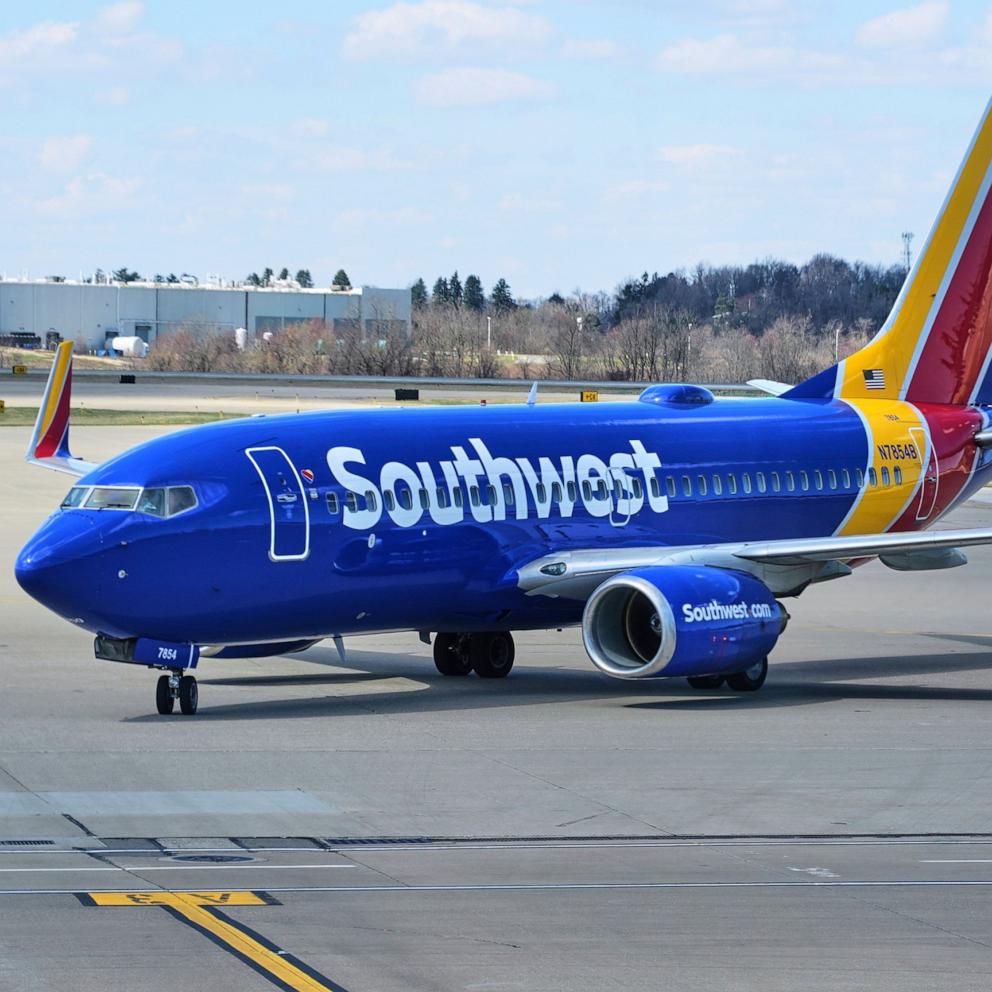Real ID goes into effect: Here are the requirements

The deadline is here for the U.S. Department of Homeland Security's federal requirement for Real ID for domestic flights and entering federal facilities.
Starting May 7, 2025, the Real ID Act will be enforced by TSA agents for domestic flights at U.S. airports.
"Good Morning America" has gathered all the essential details you need to ensure your identification is up to date.
What is a Real ID?
The federal Real ID Act was passed by Congress in 2005 following the 9/11 Commission's recommendation that the Federal Government "set standards for the issuance of sources of identification, such as driver's licenses," DHS states on its website.
The new rules set out which forms of identification may be used to board flights within the United States and to enter secure federal facilities such as military bases, federal courthouses and other federal facilities.
Applying for a Real ID requires proof of identity, proof of residency and a trip to your local DMV. See below for more on the full requirements and application process details.
All U.S. states, the District of Columbia and five U.S. territories are issuing Real IDs.
DHS previously delayed the implementation of Real ID several times over the past few years due to the COVID-19 pandemic. Now, U.S. residents have less than one week to obtain their soon-to-be federally required form of identification.
Will I be able to travel without a Real ID?
Yes, for now, according to DHS Secretary Kristi Noem.
Noem told a congressional panel on May 6 that travelers who have not yet obtained a Real ID will be able to still fly domestically, but will be subject to an additional screening process.
Those who still lack an identification that complies with the REAL ID law "may be diverted to a different line, have an extra step," Noem said. "But people will be allowed to fly."
Real ID application requirements
Requirements vary by state, so check the DHS website to see your state's specific requirements.
At a minimum, applicants are required to provide documentation showing their full legal name, date of birth, Social Security number, two proofs of address and lawful status, according to the DHS website.
Proof of Social Security number may come from a Social Security Administration account card or a W-2 form, a pay stub, a SSA-1099 form or a non-SSA-1099 form, according to DHS.
What is the deadline for Real ID?
Enforcement of the Real ID requirement goes into effect on May 7, 2025.
A Real ID or other federally approved identification, such as a passport, will be required to board domestic flights and access certain federal facilities.
Federal agencies including the Transportation Security Administration may only accept state-issued driver's licenses and identification cards as identification for the purposes of accessing federal facilities -- including TSA airport security checkpoints -- if the license or card was issued by a Real ID compliant state in accordance with the Real ID security standards.
Enhanced driver's licenses issued by Washington, Michigan, Minnesota, New York and Vermont are considered acceptable alternatives to Real ID-compliant cards, according to DHS, and will also be accepted for official Real ID purposes.
What does a Real ID look like?
The Real ID looks almost the same as a current state ID card or driver's license but has a compliant star marking.
Some differences may vary by state, such as in California, where a small golden bear appears on the top right corner with the white star on the animal's left side.
If an ID says "federal limits apply," that person will not be able to board a domestic flight or enter federal facilities, such as military bases, federal courthouses, and other locations after the May 7, 2025, deadline.
Does Real ID replace a passport?
The Real ID does not replace a passport for international travel.
However, a valid passport is compliant identification for travelers to fly domestic within the U.S. and access secure federal locations without additional documentation, according to the DMV.
Click here for additional answers from DHS to some frequently asked questions about Real ID.





